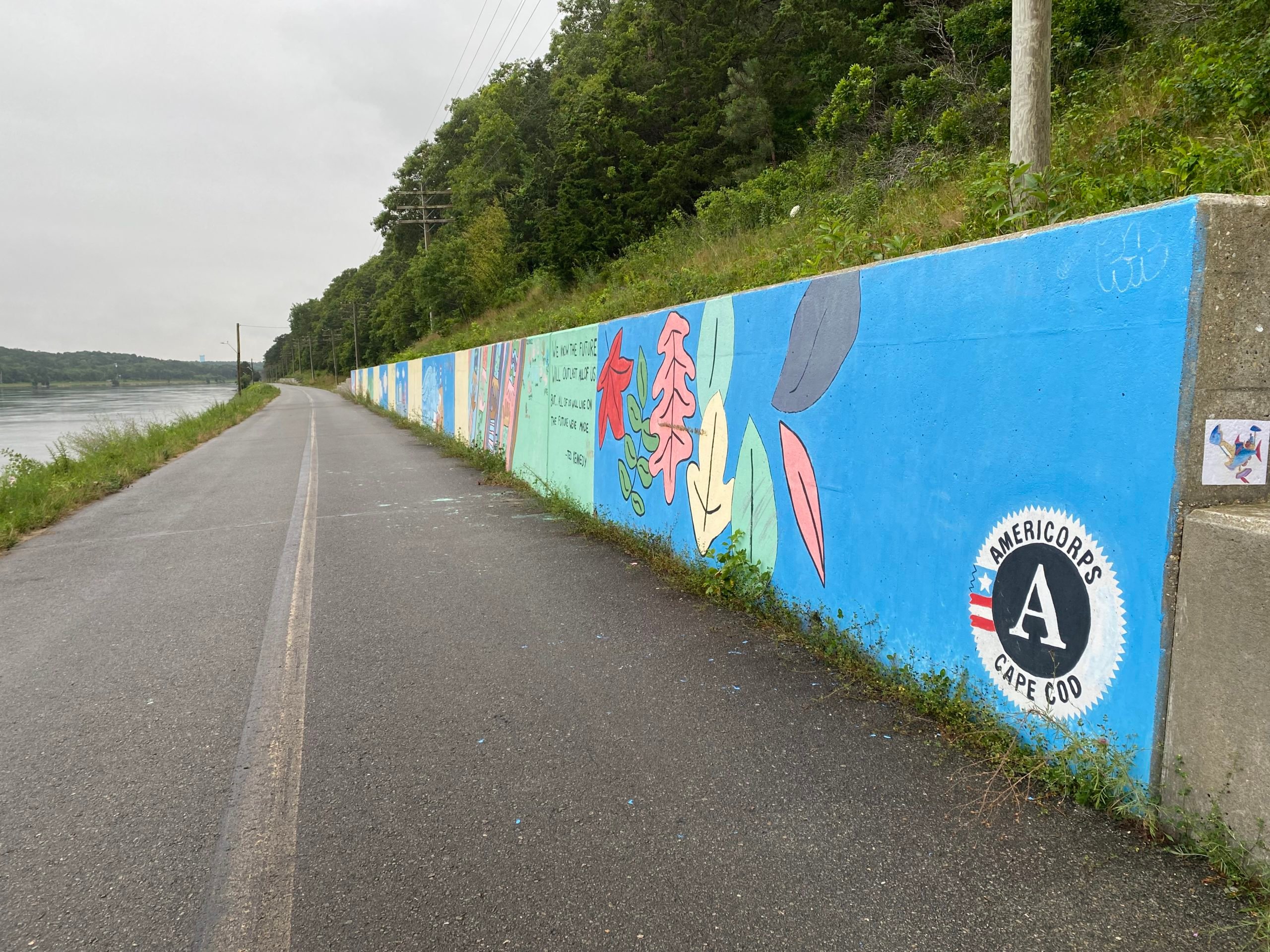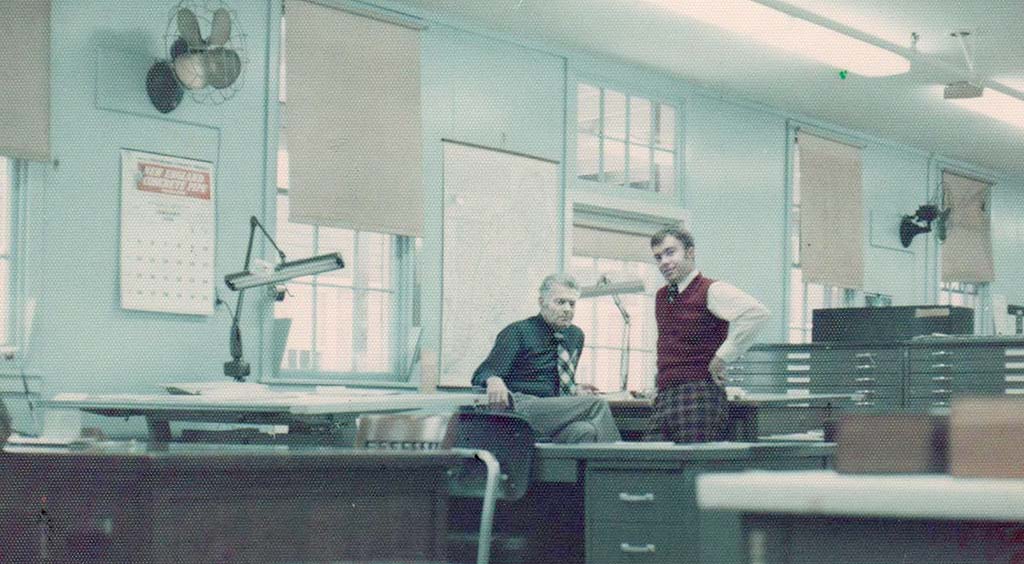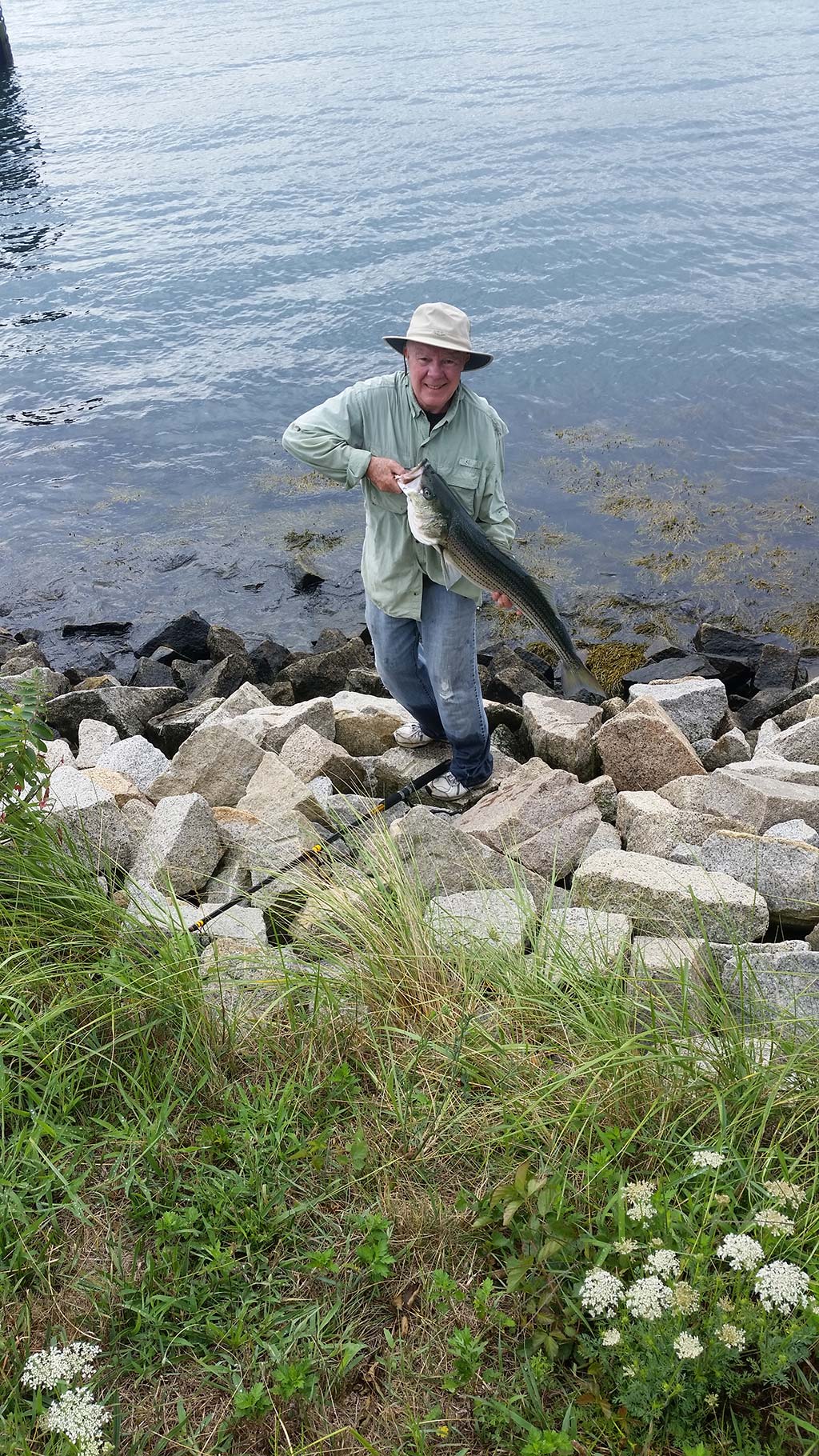And age old Canal Rat question, has finally been answered!
A week or so after my hotspot story about “The Cribbin” on the Cape Cod Canal went public I received an email about it from a reader named Jim O’Leary. Naturally, I was happy to receive some feedback on the story, but I was a little nervous that it might be from an overzealous Canal Rat that wanted to read me the riot act for writing about his favorite fishing spot on the Canal. But my worries quickly evaporated when I read the note.
“I just read your very interesting article in the July issue of The Fisherman Magazine; the article about The Cribbin, in the Cape Cod Canal. I have fished there a few times, but never caught anything except the bottom. Now I know why. Thank You for the fine article. I’ll take your advice next time I go to the Canal. But this is not about fishing at the Cribbin’. It’s to inform you about the origin of how the area got its name.
Having been around for more than a few years, I know how The Cribbin’ got its name. And I am happy to share the origin of the name with you.”
What followed was a detailed account of how The Cribbin’ got its name and it was so complete and well done, that I thought it would be a great thing to share here, please enjoy.

The Hill
When the Cape Cod Canal was widened and re-built by the U.S. Army Corps of Engineers between 1935 and 1940, this area was the highest point of land along the route on the mainland side of The Ditch. The Army Corps wanted to keep the service road at a – more or less – constant level above high tide in the Canal, but an enormous amount of excavation would have been required to achieve this where the Cribbin’ is today. This would have been very expensive, time consuming and difficult to complete safely. Engineers, being engineers, decided on a more practical solution to this problem. They determined that they would construct a retaining wall at the bottom of the big slope adjacent to the service road rather than remove half of the hill. They felt that they would use what is still known as a ‘crib wall’ to keep the material of the adjacent slope of the big hill from falling down onto and routinely blocking the service road and likely impacting Canal boat traffic.
So, just what is a crib wall? In this situation, a crib wall is a type of retaining wall used to keep the material of a slope in place. In particular, a crib wall is made of interlocking pieces that are parallel and perpendicular to the face of the wall. They are built up to create interlocked boxes or bins. Boxes and bins like these have been called cribs for hundreds of years – think ‘corn crib’. The cribs are filled with granular material to form the retaining wall. The cribs are very similar to the walls of log cabins with notches holding the pieces together. But the vertical spaces between the horizontal crib pieces are much larger to let water drain out. Crib walls are still used today because they are quick, cheap and easy to build.
In the late 1930s, there were two types of materials used in crib wall construction, timber and pre-cast reinforced concrete. Both are still in use today. Reinforced concrete was the material that the Army Corps selected for the wall at the Canal. But by the early 1970s many of the concrete pieces were in very poor condition and the wall was beginning to fail. The iron re-bar was badly rusted due to the saltwater environment of the Canal. And the rusting iron was causing the concrete to crack and crumble. The wall needed to be replaced to continue holding back the slope of the hill as it had done for about 35 years.

A New Design
The Army Corps of Engineers operate and maintain the Cape Cod Canal. Replacement of the crib wall was maintenance, so they needed to see it through. At the time, their local office was in Waltham, Massachusetts. Ray Crump, a Civil Engineer in that office, was assigned the project to design the replacement wall. He determined that the reinforced concrete crib wall failed when the notches that held the pieces together rubbed against each other and wore the concrete off the ends of the re-bars. This caused the re-bars to rust, which caused the concrete to crack and break up. He believed that a solid reinforced concrete retaining wall would last much longer because the re-bars would be better protected from the salt environment. He was right, the solid retaining wall is now almost 50 years old and is showing no signs of wear.
That crib wall was the only thing like it on either side of the Canal. People were curious and wanted to know what it was. So, when anyone asked the Canal workers what “that thing” was beside the service road they were told it was a “crib wall”. Obviously, since “that thing” was a crib wall, the pieces of concrete in it had to be cribbing. Thus, the area became known as The Cribbing. Over time, the ‘g’ was lost in translation to the many New England dialects that frequent the Canal and “The Cribbin”, became the permanent and accepted name for the area.

What Are The Chances?
Are you wondering how I know this?
First, as I earlier hinted at, I am not an old-time Canal Rat. In fact, the biggest fish I ever caught there didn’t even reach 3 feet. However, you probably would consider me one of the “old-timers” that might know the origins of the name, I will be 75 years old this month. My first job after college in the early 1970s was as a Civil Engineer with the Corps of Engineers in Waltham. Ray Crump was my mentor who looked out for me and one of my first projects was to assist Ray in designing the new reinforced wall to replace The Cribbin’ wall at the Canal.
I hope you all enjoyed my Canal history lesson and now, we can put the mystery of The Cribbin’ to bed.




